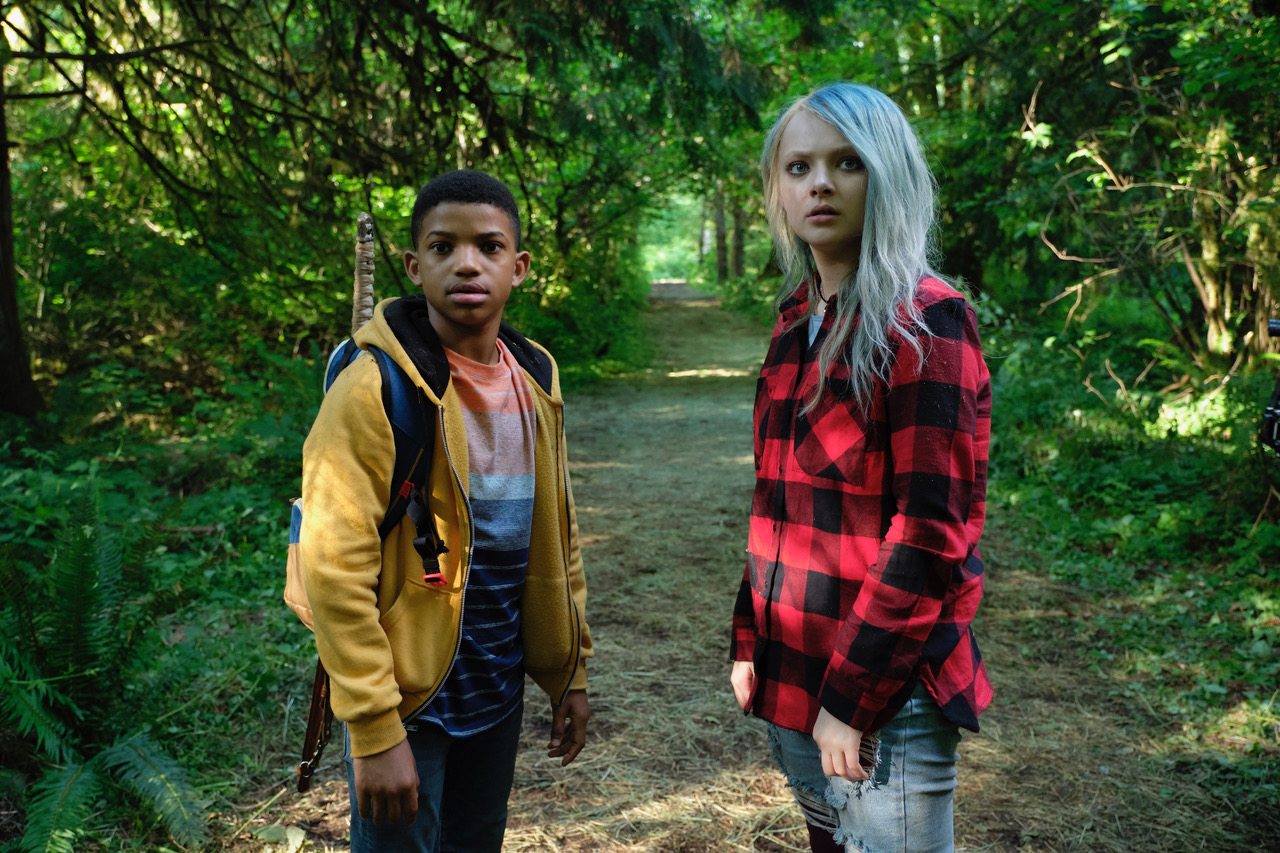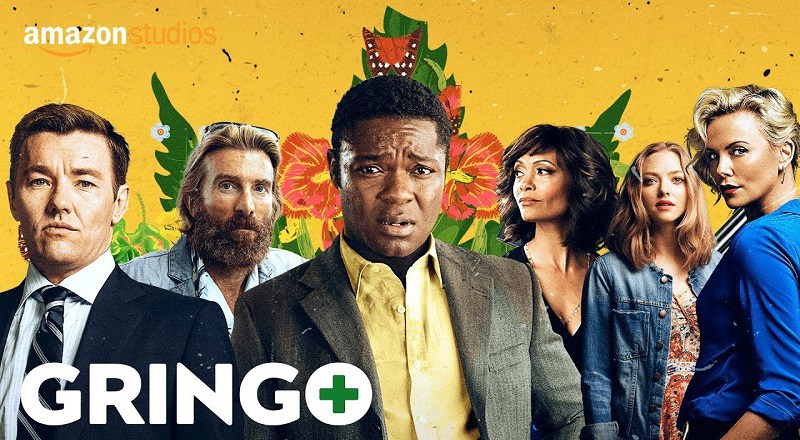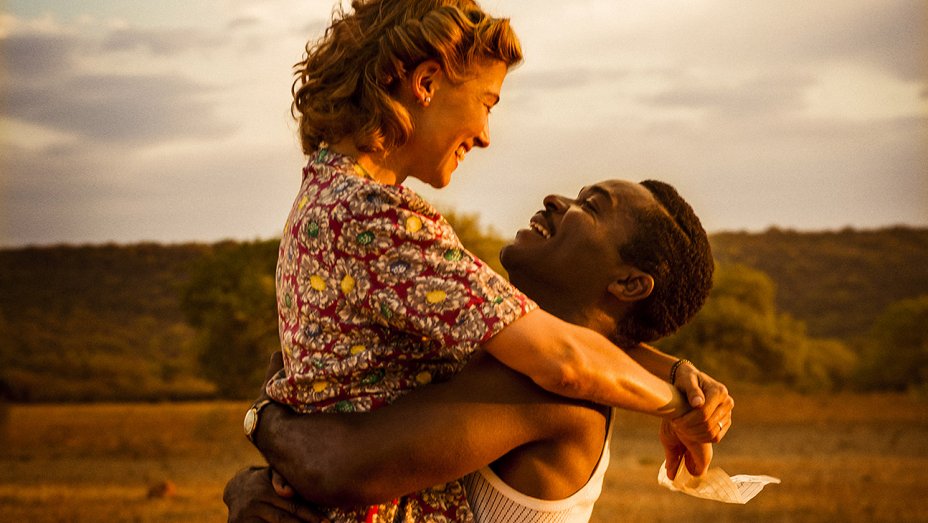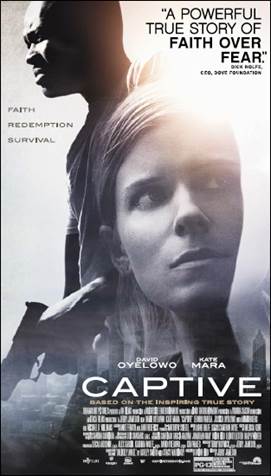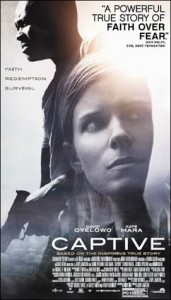The Water Man
Posted on May 6, 2021 at 5:38 pm
B +| Lowest Recommended Age: | 4th - 6th Grade |
| MPAA Rating: | Rated PG for thematic content, scary images, peril and some language |
| Profanity: | Some schoolyard language |
| Alcohol/ Drugs: | None |
| Violence/ Scariness: | Some peril, references to child abuse and neglect, critical illness of a parent |
| Diversity Issues: | Diverse characters |
| Date Released to Theaters: | May 8, 2021 |
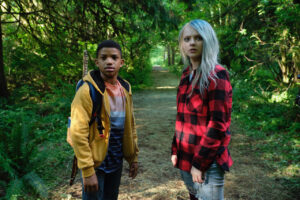
Gunner is less close to his father Amos, played by director David Oyelowo, a military officer just returned from a long detail in Japan. His mother loves his art; his father wants him to toss a football.
When he realizes how sick his mother is, Gunner is determined to save her by tracking down a mythic creature known as The Water Man, said to have eternal life. A slightly older girl named Jo (Amiah Miller of “War for the Planet of the Apes”) tells stories of The Water Man, pointing to a scar on her neck as proof that she has not just seen him but been close enough for him to wound her. Gunner does not realize, as we do, that Jo, who lives in a tent by herself, is not as confident and independent as she seems. He agrees to pay her to take him to The Water Man, who is thought to live deep in the forest.
Like the Halloween scene in “Meet Me in St. Louis,” this film lives in the perspective of a young character, while allowing us to understand more than he does. Oyelowo and his Director of Cinematography, Matthew J. Lloyd, use color to tell what Oyelowo describes as an “elemental” story. Gunner’s mother is swathed in warm yellows and oranges, echoed in the backpack Gunner carries on his quest. The inside of Jo’s tent is a deep red. The forest is lush green, but the colors get less saturated and more muted as he gets further from home.
The young actors are both exceptional, very natural and believable, and their scenes together are some of the best in the film. But there is also strong support from an outstanding cast that includes Alfred Molina as an adult who has spent years looking for The Water Man and Maria Bello as the local sheriff who helps Amos try to find his son. Oyelowo is clearly inspired by “ET” (note Gunner’s ET lunchbox), and does a good job of creating a sense of wonder and showing us how all of us, at any age, can struggle to adapt to the unacceptable. Being present for those we love, the families we create, learning to love others for who they are instead of who we want them to be, all come together in a scene as warm as the sun-colors that surround Gunner’s mother.
Parents should know that this film concerns the critical illness of a parent. There is some peril and a creepy fantasy character along with some jump-out-at-you surprises, some schoolyard language, and shoplifting, and there are references to child abuse and neglect.
Family discussion: What are some of the myths or folklore of your community? Where do these stories come from?
If you like this, try: “Bridge to Terabithia,” “Time Bandits,” “Finding ‘Ohana,” and “The Odd Life of Timothy Green”

